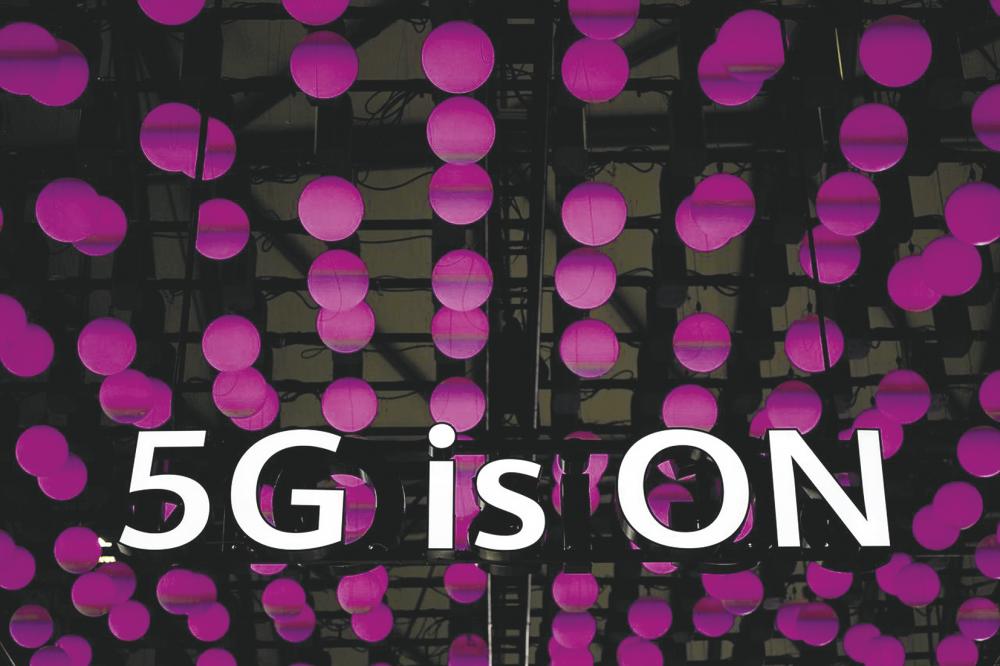IN January, our nation looked all set to take a leap into the future putting together plans to deploy 5G networks and technology. Proud to be Malaysian, I used my analyst hat to drum up the need to focus on need-based use cases that will bring the most benefit to the nation. More than three months on, with the Covid-19 pandemic soon to be behind us and a new normal ahead of us, we find ourselves still at the very beginning.
Before the pandemic, Malaysia looked set to adopt 5G technology and was on track to commercially launch 5G in Q3 2020. The global pandemic arrived in Malaysia in January and more than three months on, we are as a nation now bracing for the impact on the economy that many economists have been predicting. A recession in 2020 as a result of the pandemic could lead to a slowdown in schedules and eventual slower rollouts of 5G networks in Malaysia.
If we can put aside the conspiracy theories and the fears of the upcoming economic downturn, the coronavirus outbreak has actually highlighted the urgent need for upgrading digital infrastructure and for deploying 5G networks. It has also brought to light that all our assumptions about what our people and our industries need may warrant a revisit. The new normal is upon us and it will include new behaviour, new needs and new preferences.
Despite the conspiracies and slowdowns in 5G network rollouts globally, some countries have been pushing for 5G to support the healthcare industry. The realisation that there is need to prioritise the healthcare sector to support the current pandemic and to be better prepared for future pandemics could put 5G network rollouts on track again. However, while the healthcare industry can potentially drive early 5G adoption, more innovative use cases will be dependent on releases 16 and 17 expected in 2020 and 2021. Delays in releases can only be counterproductive at this juncture.
I am one of many analysts worldwide that are optimistic that the coronavirus outbreak will have a short term impact on 5G. Demand for 5G is expected to pick up again once the critical stage of the outbreak is over and countries such as Malaysia are able to flatten the curve of new infections. My view was formed from having interviewed with mobile operators, vendors, and end-user companies and hearing the majority agree that there is a clear need for 5G in industry.
However, a traditional weak point of the telecommunications industry is its ability to understand and address need. Mobile operators and vendors say their biggest challenge with driving 5G adoption is the lack of sufficient industry partnerships to build solutions that capitalise on 5G.
Whereas, end-user companies within vertical industries say they are struggling to come up with innovative ideas that can unlock the potential of 5G. In particular, the perspective of end-user companies on the need for 5G to solve pain points is unique to them. The gap between the two sides is glaring and needs to be addressed in order for 5G to scale.
It is not a bad thing that we are still at the very beginning. It will be a bad thing if we do not finally learn what we should have learnt about need and addressing need at the start. If we can, I envision that 5G can eventually drive the much anticipated innovative end to end services that have the potential to transform our nation and the world as we know it. Is this not what we wanted at the start? Let’s leap into the future prepared. Let’s brace for the new normal by making 5G work.
This article was contributed by Frost & Sullivan associate director Quah Mei Lee.














